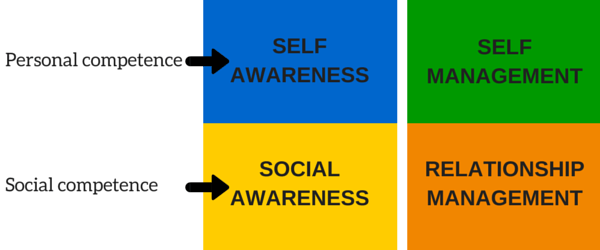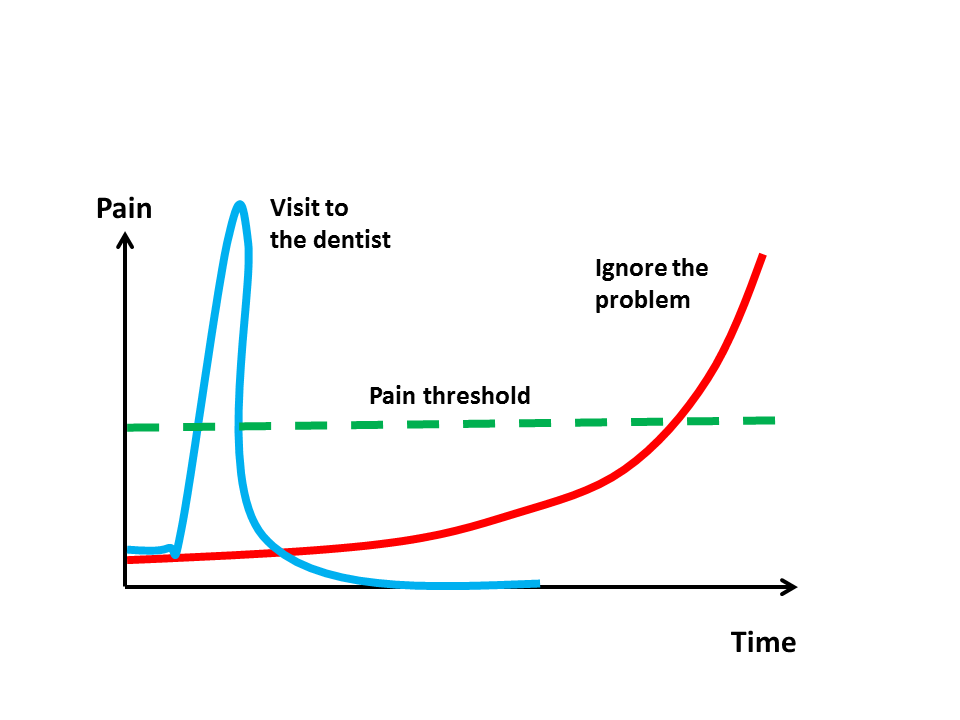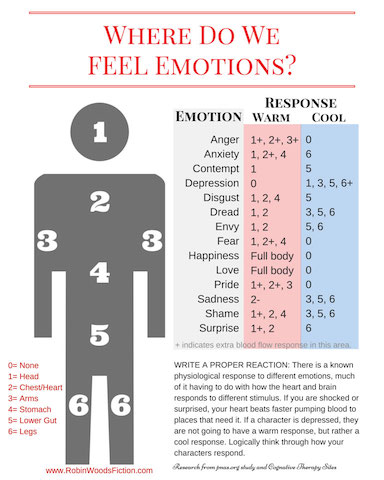This is the fourth and last post in a series on the excellent book Emotional Intelligence 2.0 by Drs. Travis Bradberry and Jean Greaves. The book segments emotional intelligence into four areas: self-awareness, self-management, social awareness, and relationship management.

In this post, I will point out three specific tactics for improving self-awareness.
The authors describe self-awareness as “your ability to perceive your own emotions in the moment and understand your tendencies across situations.” Self-awareness can be uncomfortable, as one must force oneself to think critically about negative thoughts and emotions. But rather than stewing on those emotions, with self-awareness skills, we can turn the negative emotions into something positive for everyone.
1. Quit Treating Your Emotions as Good or Bad
We all experience a wide range of emotions. Some we consider good (or positive); some we consider bad (or negative). That would be fine, but sadly, we tend to either completely avoid “bad” emotions or dwell on them too much. In the former case, we aren’t learning from what they are telling us. In the latter, we’re potentially making more out of them than we should.
Additionally, the authors point out that we may end up layering more emotions on top of the original, e.g. “I got angry and now I feel guilty,” which then exacerbates the problem.
By not thinking about emotions as good or bad, we’re in a better position to evaluate what they mean and what to learn from them.
2. Lean into Your Discomfort
Continuing off the tactic above, instead of avoiding bad emotions, force yourself to embrace them instead. Why? The authors argue that “when you ignore or minimize an emotion, no matter how small or insignificant, you miss the opportunity to do something productive with that feeling.”

I also like how the authors remind us that one of the best ways of learning is by making mistakes. In this case, they say, “Don’t be afraid of your emotional ‘mistakes.’ They tell you what you should be doing differently and provide the steady stream of information you need to understand yourself as life unfolds.”
3. Feel Your Emotions Physically
Sometimes it can be difficult to identify precisely which emotions you’re feeling—it all feels like a messy stew of “blah.” A suggestion is to practice identifying individual emotions in controlled circumstances. But how?
Many emotions carry a physical response with them. Sometime when you’re feeling fairly calm, think back to a specific time that caused a strong emotional response. The memory of that feeling will trigger the physical response again. Now, carefully evaluate what’s going on–are certain muscles tightening? Are your breathing or heart rates changing? Take note!

Now, the next time you’re feeling emotional in an uncontrolled situation, you can evaluate yourself on the physical level and look for the signs of the emotion. Is this muscle over here tense? That’s anger. This other muscle? That one is guilt. Yay! We’ve now taken step one: awareness.
Wrap-Up
Awareness is the first step toward improving something—if you don’t know about it, you can’t deal with it. Self-awareness is our awareness of both our own emotional state, and what those emotions mean for us as an individual. With helpful tips like those described in the book, we’re well positioned to better understand ourselves.
This is the fourth in a series on Emotional Intelligence 2.0 by Drs. Travis Bradberry and Jean Greaves.
- Improving Your Self-Management
- Improving Your Social Awareness
- Improving Your Relationship Management
- Improving Your Self-Awareness

